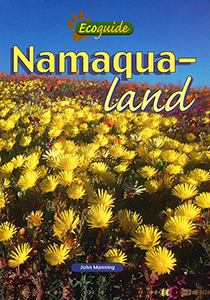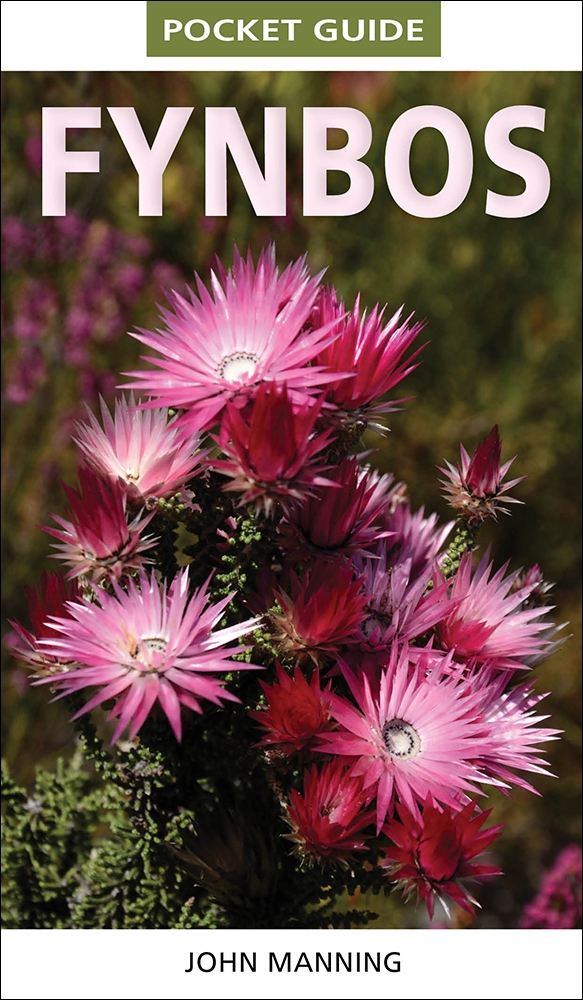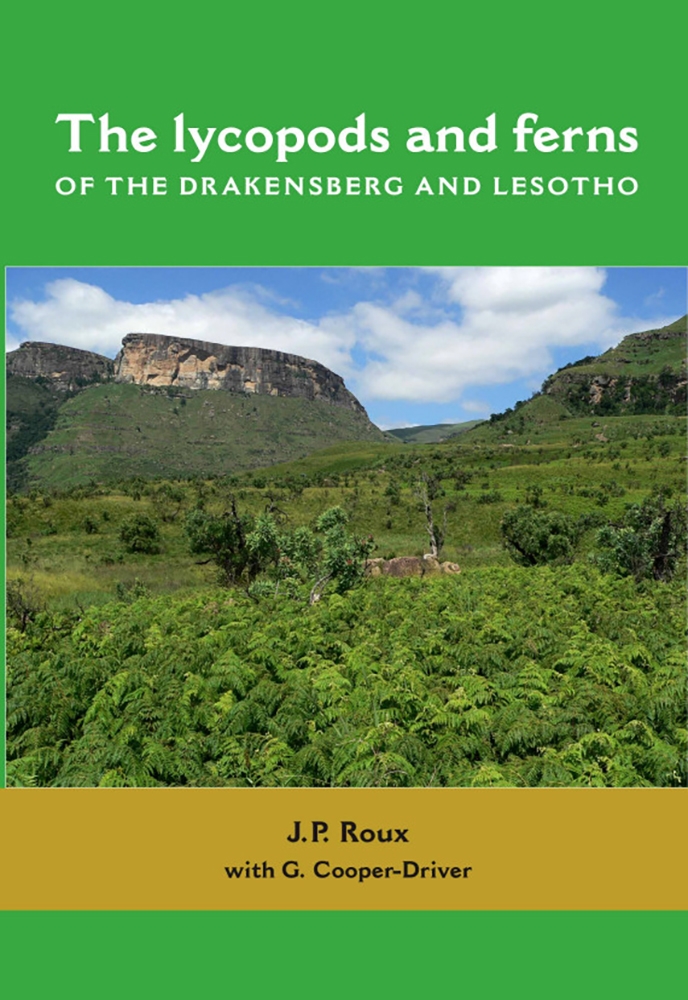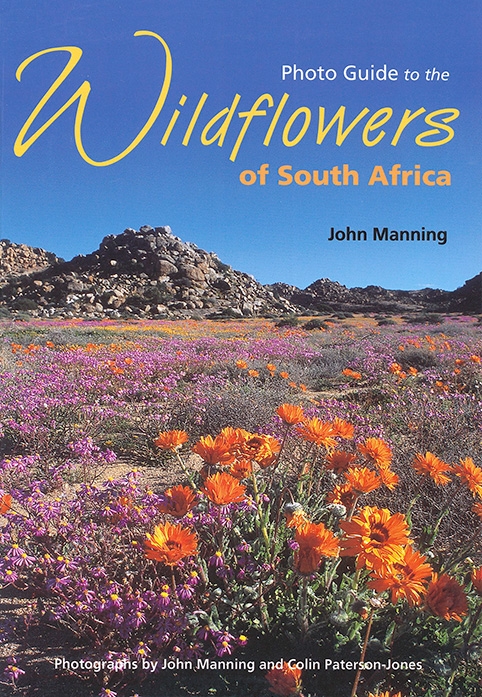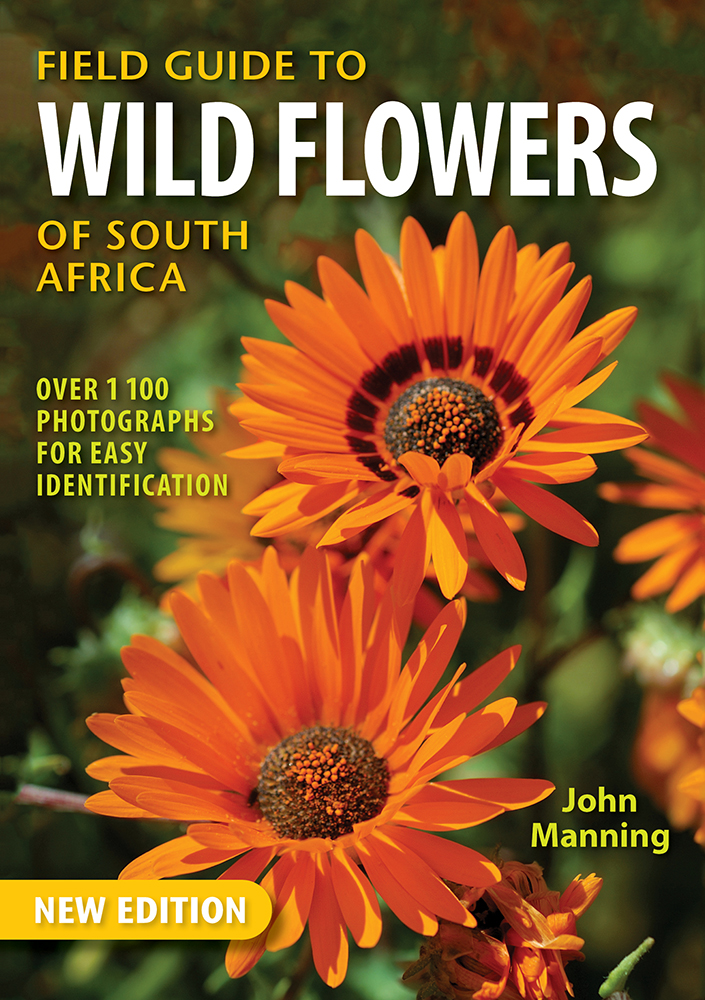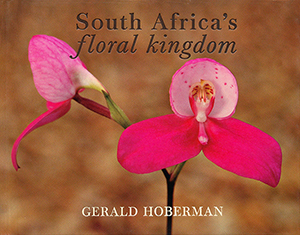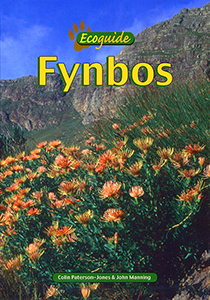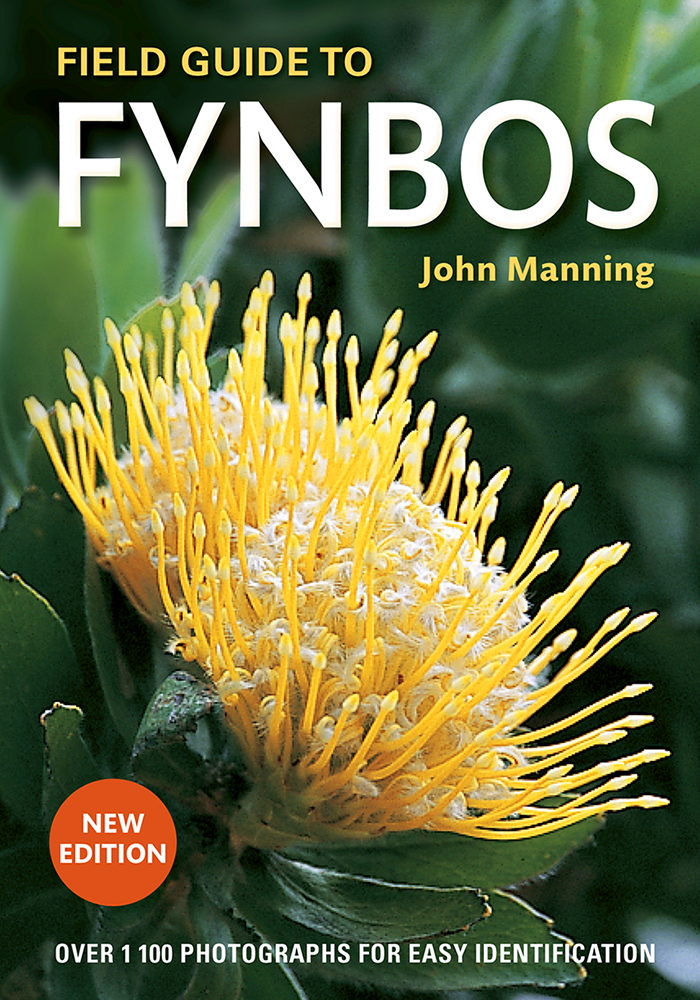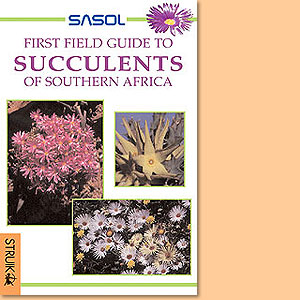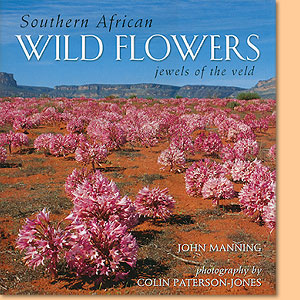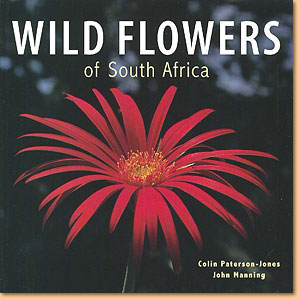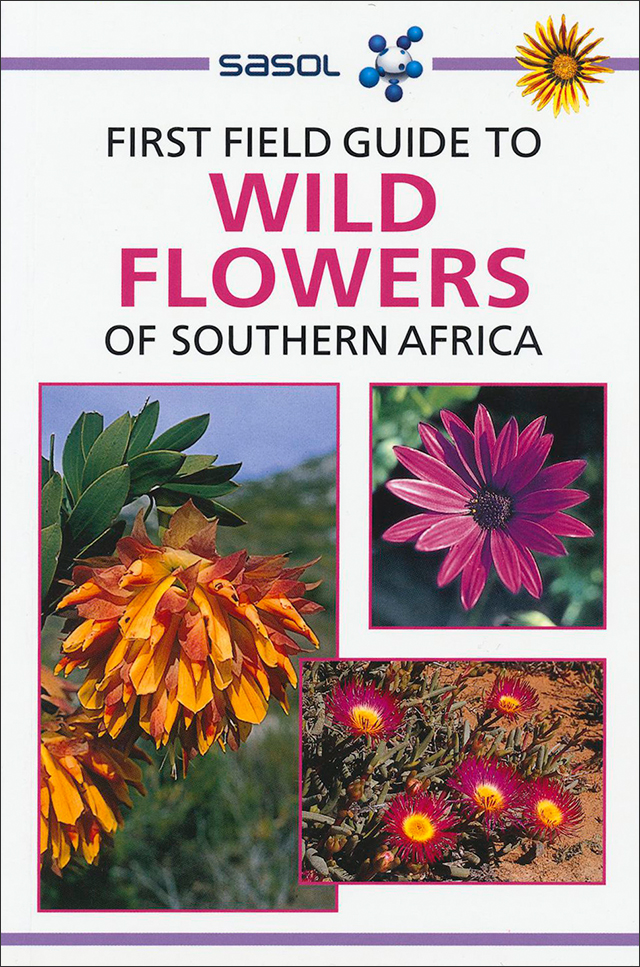Ecoguide Namaqualand, by John Manning
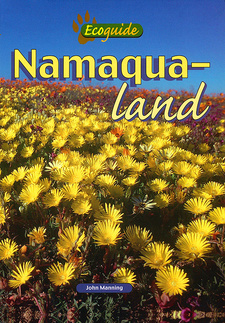
Ecoguide Namaqualand, by John Manning. Briza Publications. Pretoria, South Africa 2008. ISBN 9781920217075 / ISBN 978-1-920217-07-5

Namaqualand is a narrow stretch of semi-arid and arid country along the west coast of South Africa. Described in Ecoguide Namaqualand, by John Manning. ISBN 9781920217075 / ISBN 978-1-920217-07-5
Botanist John Manning, author of the Ecoguide Namaqualand, has a particular interest in popularising South Africa's wildflowers and has become widely recognised as an illustrator and flower photographer in the process.
Namaqualand is a narrow stretch of semi-arid and arid country along the west coast of South Africa. It derives its name from the Nama peoples who inhabited the region before European settlement, and although it is little more than 80 km wide it reaches for almost 400 km from the mouth of the Olifants River in the south to the mouth of the Orange River in the north. Its western shores are cooled by the waters of the Atlantic Ocean and in the east it gives way to the dry expanse of Bushmanland. Namaqualand has been aptly dubbed the benign desert by botanists Richard and Shirley Cowling. Although covering a small area only about 50 000 km2 in extent, Namaqualand is home to a unique assemblage of plants and its biodiversity is without equal among the arid areas of the world. More than 3 000 different species of wildflowers are found within its boundaries - a concentration of species that is more than four times greater than any other winter-rainfall desert area. About half of these plant species do not occur outside the region, representing an exceptional proportion for an arid area. Namaqualand is justly famous for its wealth of succulent plants, which make up about one third of all the plants in the region, and account for around one tenth of all the succulents in the world! These charismatic plants come in a great variety of sizes and shapes. About a quarter of the species are minuscule, little more than a centimetre or so high, and are dwarfed by the giant quiver trees, which can reach 10 m in height. Between these extremes are the many small, succulent-leaved shrublets, between 50 and 100 cm high, that comprise the majority of Namaqualand's succulent wealth. By far the most common are the many members of the Mesemb or Iceplant family. Recent evidence suggests that this family underwent a rapid and profound increase in the number of species around 8 million year ago at the time that the present winter-rainfall climate first became established. This increase in species occurred at a rate that is unprecedented among plants. Much of Namaqualand's unique plant life, like the fynbos flora of the Cape Floral Region to the south, thus appears to be relatively young. And like the Cape flora, Namaqualand has a wonderful wealth of bulbous and cormous plants, with almost 500 different species recorded. They represent about 16 per cent of the flora, making the region five to ten times richer in bulbs than other winter rainfall deserts. Namaqualand has been well described by botanists as a succulent desert enriched by a large and beautiful bulb flora. The region's crowning glory, however, is its spectacular display of spring annuals, which in good years transform the landscape into a paint box of brilliant colour. These annual displays draw visitors from far and wide. Ironically, the fields of flowers for which Namaqualand is famous are an artefact of agriculture. Fallow lands and other disturbed ground are rapidly colonised by annuals and other pioneer species that thrive in open, disturbed habitats. Although an artificial, man-made phenomenon, these annual displays have become so strongly associated with the region that they have been recognised by ecologists as a distinct vegetation community, Namaqualand Blomveld (flowerfields). Like garden bedding on a gigantic scale, these massed concentrations comprise few species, often just a single sort of daisy. In natural veld these same annuals line watercourses and fill open spaces between the shrubs and rocks as part of a complex tapestry of vegetation that incorporates a wide variety of shrubs, perennials and bulbs as well. The composition of Namaqualand's blomvelde varies from year to year in response to the annual vagaries of weather patterns, especially the timing and duration of rainfall events. Fields that are orange with Arctotis fastuosa in one year may be dominated by the pale yellow cups of Grielum humifusum in another. Many of Namaqualand's wild-flowers have fascinating and intricate life stories. Some rely for pollination on unusual insects that are highly specialised for gathering nectar or floral oils; others on inquisitive beetles that alight on the flowers, attracted by dark markings on the petals that faithfully mimic potential mates; and a few ground-hugging bulbs on the attentions of rodents, drawn by the sweetness of their sugary nectar. [...]
This is an excerpt from the Ecoguide Namaqualand, by John Manning.
Title: Ecoguide Namaqualand
Author: John Manning
Publisher: Briza Publications
Pretoria, South Africa 2008
ISBN 9781920217075 / ISBN 978-1-920217-07-5
Softcover, 15 x 21 cm, 128 pages, 300 photos, distribution maps
Manning, John im Namibiana-Buchangebot
Ecoguide Namaqualand
This Ecoguide describes 200 wildflowers and their background on birds, insects, spiders, reptiles and mammals of Namaqualand.
The lycopods and ferns of the Drakensberg and Lesotho
The lycopods and ferns of the Drakensberg and Lesotho is the most comprehensive account of lycopod and fern species occurring in the Drakensberg and Lesotho region.
Photo Guide to the Wildflowers of South Africa
This excellent photo guide includes nearly 900 of the most common and conspicuous wildflowers that occur in South Africa and the neighbouring countries of Lesotho, Swaziland and Namibia.
Field Guide to Wild Flowers of South Africa
Manning's Field Guide to Wild Flowers describes more than 1100 of shrubs and herbs of South Africa.
South Africa's Floral Kingdom (Hoberman)
South Africa's Floral Kingdom is the collaboration of Gerald Hoberman and John Manning, an authority on the South African flora.
Ecoguide Fynbos
This ecoguide introduces 400 wildflowers and birds, insects, spiders, reptiles and mammals in their environment in the Fynbos region of South Africa.
Field Guide to Fynbos
Field Guide to Fynbos features 1150 species of Fynbos, focusing on the most common and conspicuous wild flowers of South Africa.
First Field Guide to Succulents of Southern Africa
Information at a glance through superb photographs, maps and easy-to-read text
Southern African Wild Flowers: Jewels of the Veld
Celebrates the beauty of Southern African wild flowers that truely are to be said the jewels of the veld along the landscapes.
Wild Flowers of South Africa
Offers a glimpse into South Africa’s rich floral heritage, enabling the reader to enjoy our most spectacular flowers
First Field Guide to Wild Flowers of Southern Africa
First Field Guide to Wild Flowers of Southern Africa is an invaluable resource for the beginner, providing information at a glance through superb photographs, maps and easy-to-read text.

